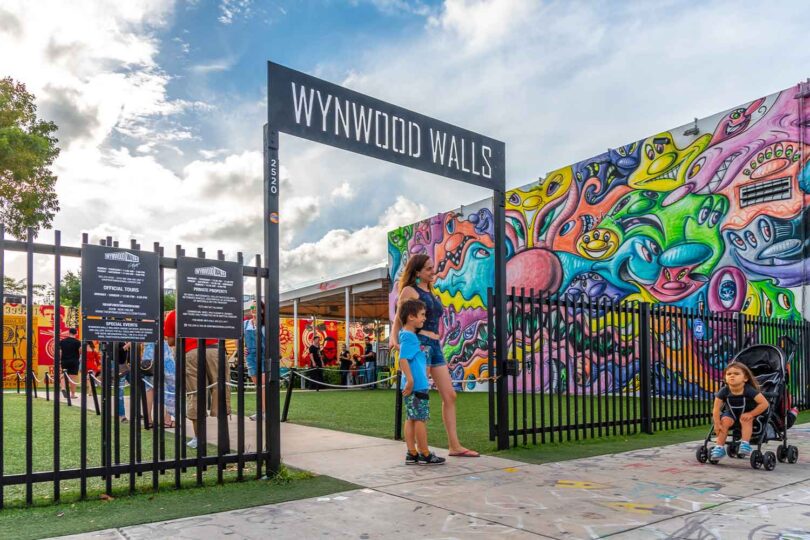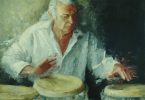How street artists rescued Wynwood Florida
Here’s a switch — a neighborhood whose rebirth and rejuvenation is owed in part to, of all things, graffiti. Usually scribbling on buildings is a sign of urban blight, but not here. We’re talking about Wynwood, Fla, a suburb of Miami about 5 miles north of midtown.
In the early to mid twentieth century, Wynwood was a thriving industrial area. It was the home of Miami’s garment district, loaded with factories and warehouses. Even up to 1980, it ranked as the third largest garment district in the country.
By the 1950’s, Wynwood was a blue collar neighborhood known as “Little San Juan” because of the preponderance of Puerto Rican families. Over time the neighborhood began to diversify and include blacks, Cubans, Haitians, Colombians, and Dominicans. There were plenty of jobs for working class families during its early years.
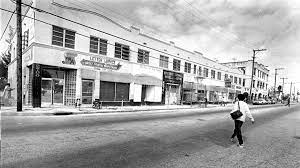
Unfortunately, by the late 1970s and early 1980s, the area drifted toward lower middle class and fell into disrepair, with more than its share of drugs, violence, and poverty. The garment industry moved off-shore and other companies moved to other parts of the state. American Bakeries, for example, operating as the Flowers Baking Company, left Wynwood in 1981. Unemployment soared to about 50%, and many of its residents fled for greener pastures.
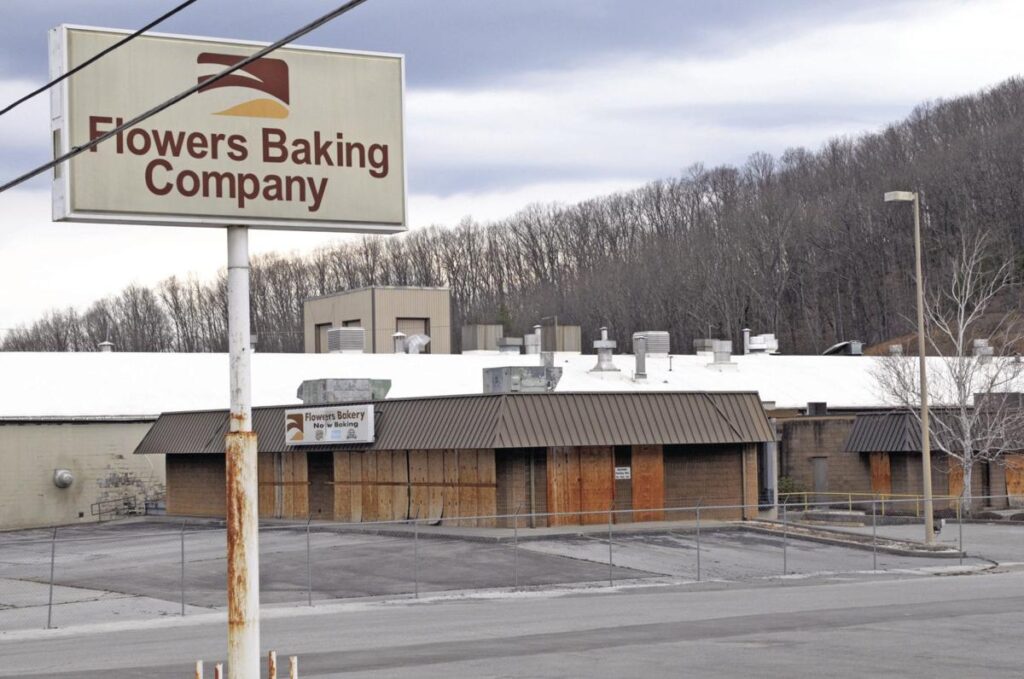
Slowly, with the dawn of the current century, the neighborhood experienced another renaissance. As I mentioned, graffiti played a prominent role here, but wasn’t the only factor. The South Florida Art Center transformed the former bakery into art studios and galleries. Other artists and gallery owners formed the Wynwood Art District and promptly got involved in converting other old buildings into art facilities.
Wynwood then caught the attention of developer Tony Goldman, the man behind the revival of New York’s SoHo and the Art Deco district in South Beach. Goldman’s plan was to transform Wynwood into an open-air gallery, that is, a canvas for urban street art.
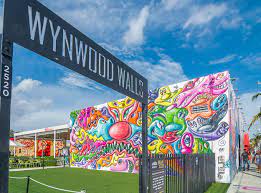
Enter the graffiti artists. {Although I should point out that calling them graffiti artists can be misleading. They are really world-class muralists.} Here are a few examples of their works…
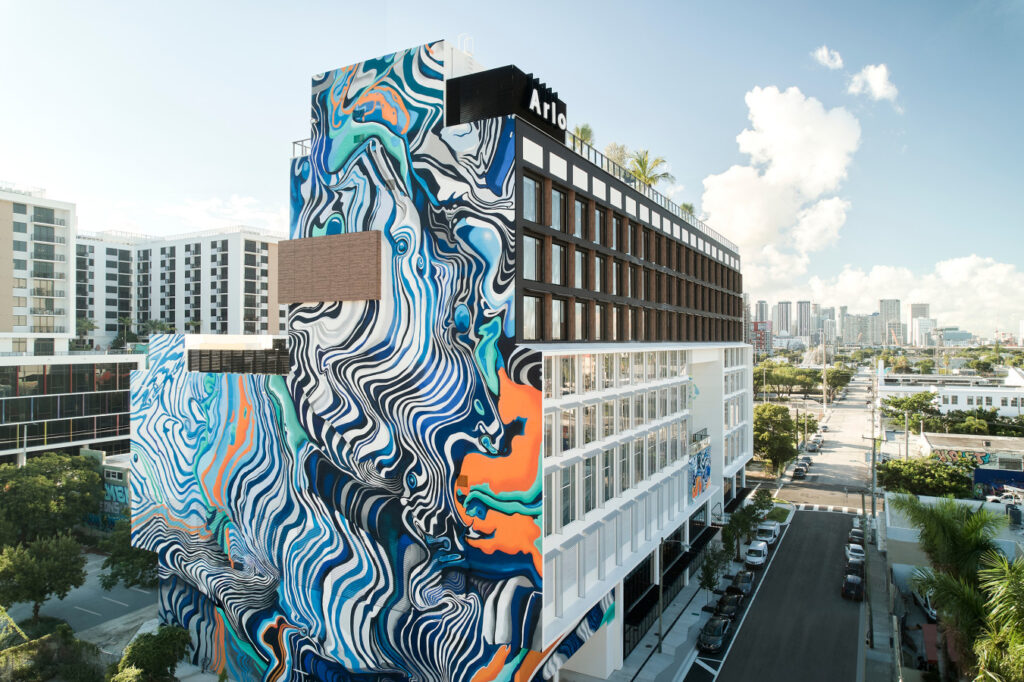
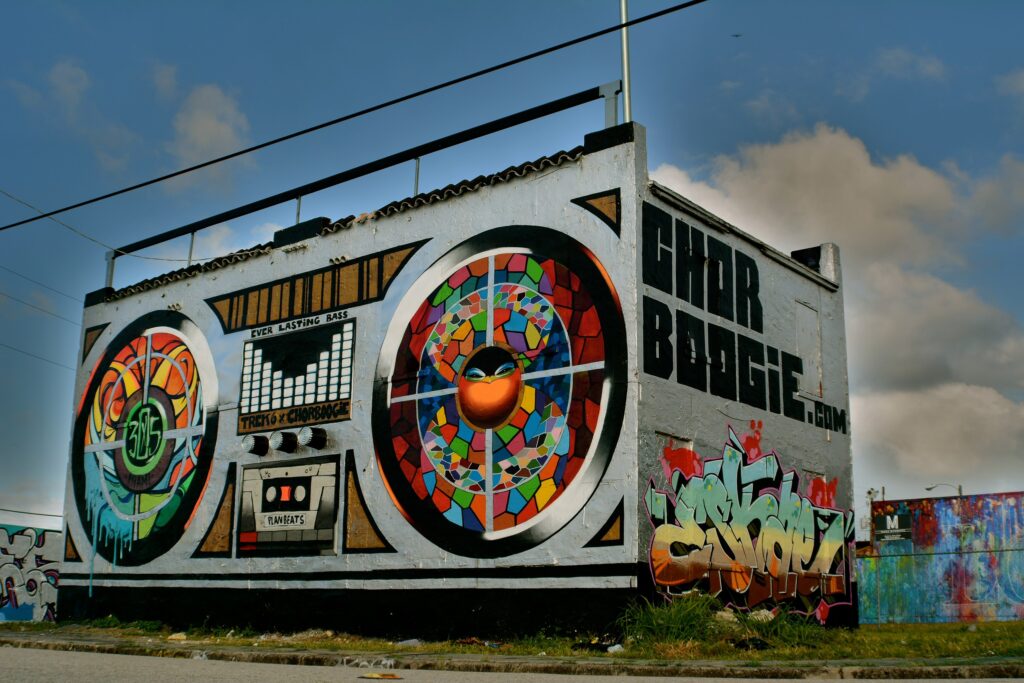

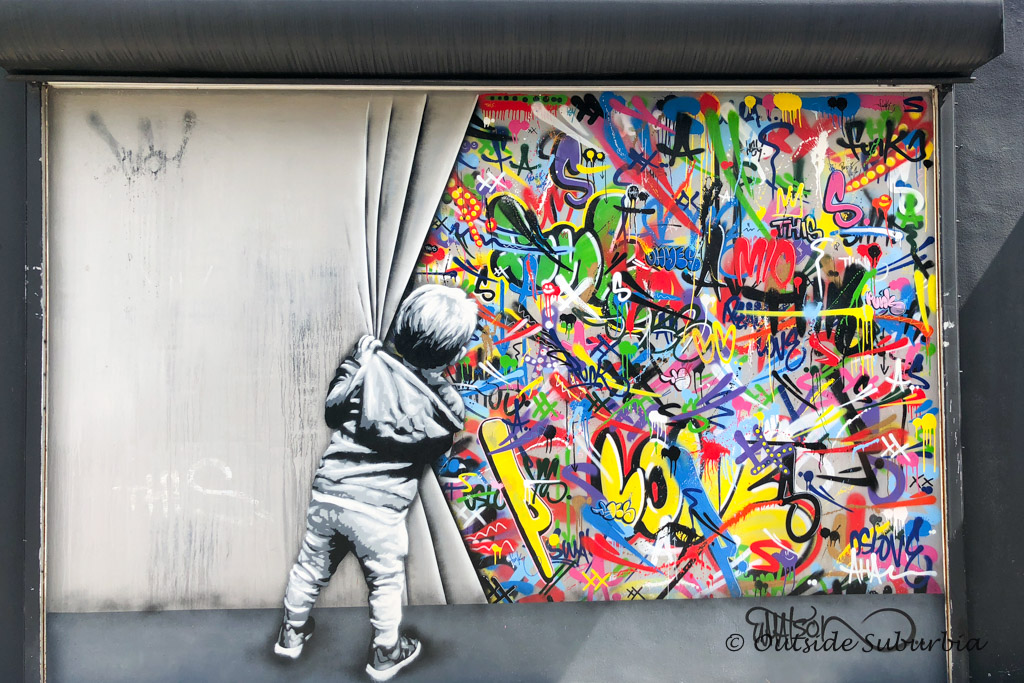
My wife and I stumbled upon Wynwood by accident. In a recent visit to Miami, it was suggested that we check out this area if we wanted a different kind of art experience. We were amazed by what we saw — blocks and blocks of mural paintings, one more breath-taking than the next.
We assumed that these works were done in the dark of night, since graffiti is generally something undertaken when no one’s looking. But in broad daylight we ran into an artist, Dave Laverna, who was painting the storefront for a local bar. “Is this legal?, I asked, to which he responded, not only is it legal, but he was commissioned by the owner to do this work — a dragon snaking across the front. And even if not commissioned, artists have permission to express themselves on the walls, completely legit. The walls of Wynwood are a testament to the idea that graffiti is not vandalism but a legitimate art form.
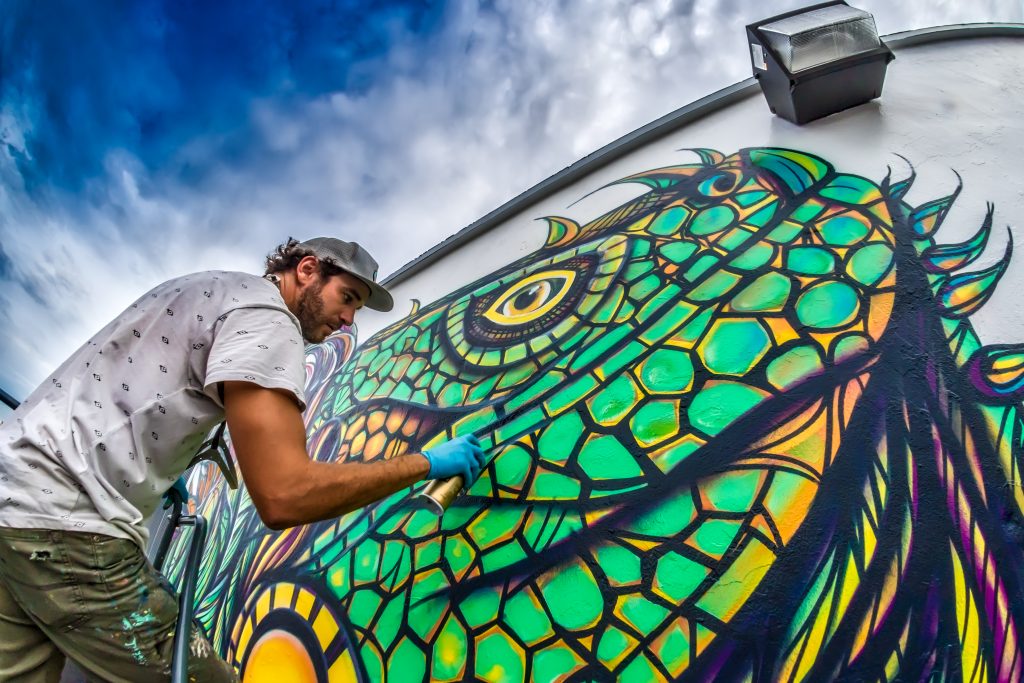
With it’s transformation into an artsy neighborhood, Wynwood has become home to an eclectic collection of restaurants, bars, breweries, and name brand retailers, and is now regarded as one of the hottest areas for art, entertainment, dining and living. It continues to woo developers with its colorful explosion of street art, graffiti, and other public forms of artistic expression.
You can view more of Dave Lavernia’s works on his website, daveldesigns.com
And if you’d like a more in-depth exploration when you’re in the Miami area, check out wynwoodartwalk.com — this company does walking tours of the town.

